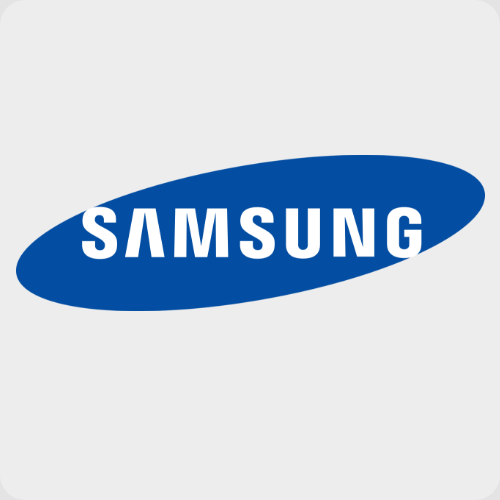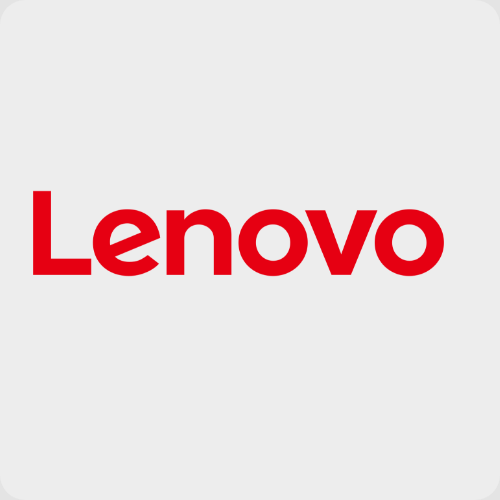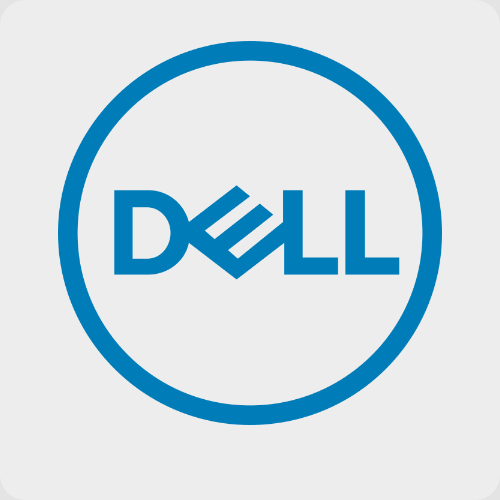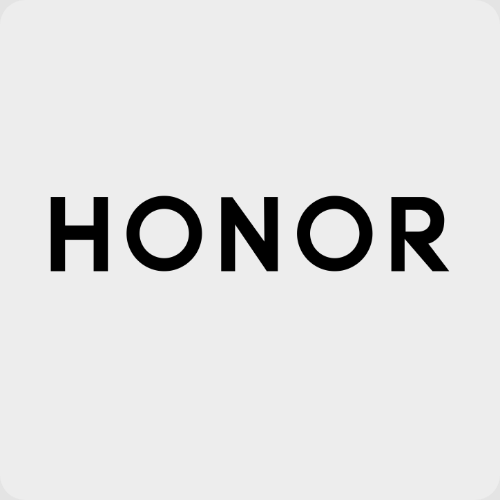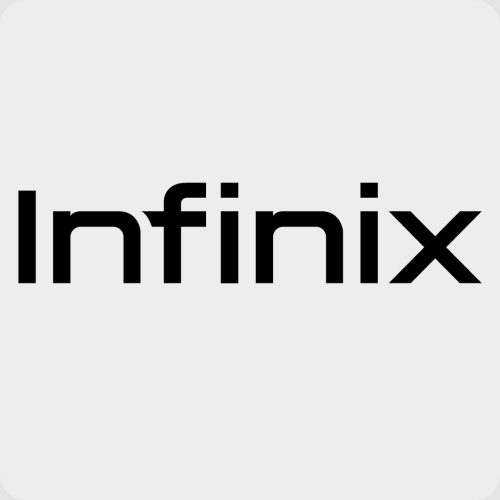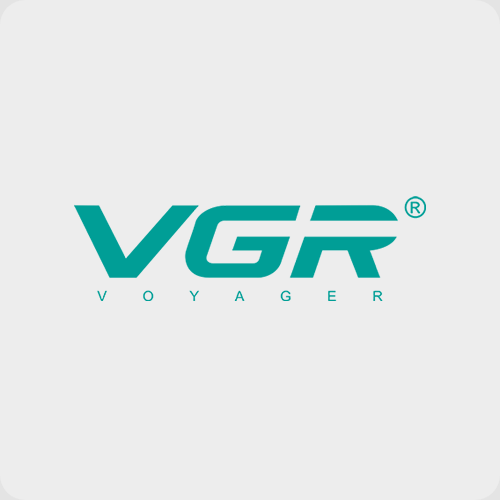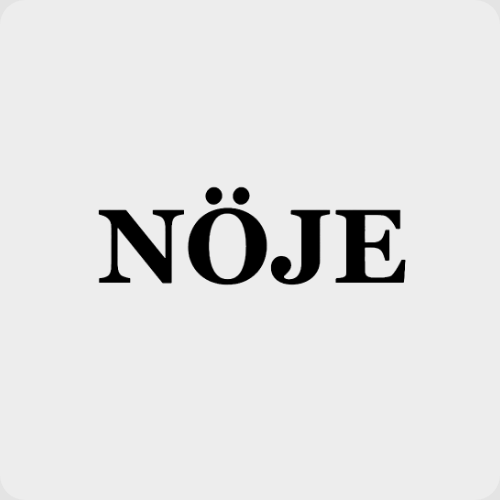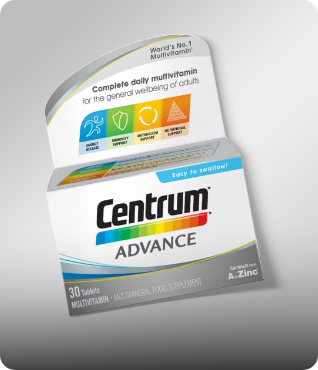Specifications
| Publisher | Addison Wesley |
| ISBN 13 | 9780136793816 |
| ISBN 10 | 0136793819 |
| Author | William (Chuck) Easttom II |
| Book Format | Paperback |
| Language | English |
| Book Description | ONE-VOLUME INTRODUCTION TO QUANTUM COMPUTINGClearly explains core concepts, terminology, and techniquesCovers the foundational physics, math, and information theory you needProvides hands-on practice with quantum programmingThe perfect beginner’s guide for anyone interested in a quantum computing career Dr. Chuck Easttom brings together complete coverage of basic quantum computing concepts, terminology, and issues, along with key skills to get you started. Drawing on 30+ years as a computer science instructor, consultant, and researcher, Easttom demystifies the field’s underlying technical concepts and math, shows how quantum computing systems are designed and built, explains their implications for cyber security, and previews advances in quantum-resistant cryptography. Writing clearly and simply, he introduces two of today’s leading quantum programming languages, Microsoft Q# and QASM, and guides you through sample projects. Throughout, tests, projects, and review questions help you deepen and apply your knowledge. Whether you’re a student, professional, or manager, this guide will prepare you for the quantum computing revolution--and expand your career options, too. Master the linear algebra and other mathematical skills you’ll needExplore key physics ideas such as quantum states and uncertaintyReview data structures, algorithms, and computing complexityWork with probability and set theory in quantum computingFamiliarize yourself with basic quantum theory and formulaeUnderstand quantum entanglement and quantum key distributionDiscover how quantum computers are architected and builtExplore several leading quantum algorithmsCompare quantum and conventional asymmetric algorithmsSee how quantum computing might break traditional cryptographyDiscover several approaches to quantum-resistant cryptographyStart coding with Q#, Microsoft’s quantum programming languageSimulate quantum gates and algorithms with QASM |
| About the Author | Dr. Chuck Easttom is the author of 31 books, including several on computer security, forensics, and cryptography. His books are used at more than 60 universities. He has also authored scientific papers (more than 70 so far) on digital forensics, cyber warfare, cryptography, and applied mathematics. He is an inventor with 22 computer science patents. He holds a Doctor of Science in cyber security (dissertation topic: a study of lattice-based cryptographic algorithms for post-quantum computing). He also has a Ph.D. in Technology, focusing on nanotechnology (dissertation title: “The Effects of Complexity on Carbon Nanotube Failures”) and a Ph.D. in Computer Science (dissertation title: “On the Application of Graph Theory to Digital Forensics”). He also has three master’s degrees (one in applied computer science, one in education, and one in systems engineering). He is a senior member of the IEEE and a senior member of the ACM (Association of Computing Machinery) as well as a member of IACR (International Association of Cryptological Research) and INCOSE (International Council on Systems Engineering). He is also a distinguished speaker of the ACM and a distinguished visitor of the IEEE Computer Society. He currently is an adjunct lecturer for Georgetown University. |
| Publication Date | 2021-08-17 |
| Number of Pages | 384 pages |
Quantum Computing Fundamentals
Added to cart
Cart Total EGP 0.00




